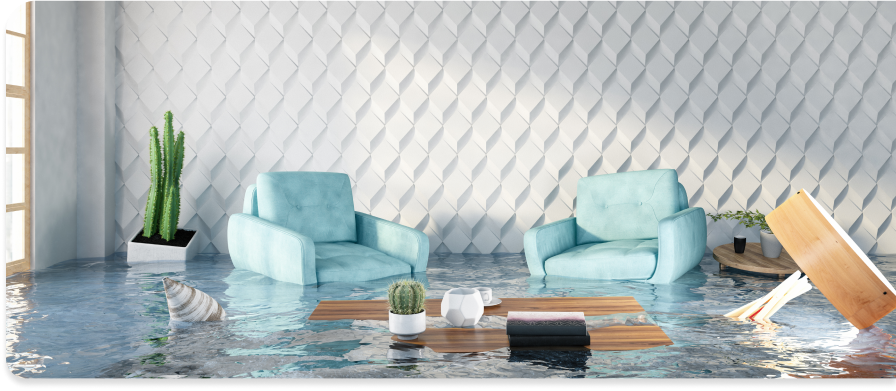What Are The Methods to Fix Water Damage?
Water damage can wreak havoc on your property,
causing structural issues, mould growth, and deterioration of belongings.
Fixing water damage requires a combination of immediate action, thorough
assessment, and appropriate restoration techniques. The specific methods used
depend on the extent and type of water damage. Here are some common methods to
fix water damage:
1.
Water Removal:
The first step in addressing water damage is to
remove excess water. This can be done using pumps, wet vacuums, and other
specialized equipment to extract standing water from floors, carpets, and other
affected areas.
2.
Drying:
Thorough drying is essential to prevent mould
growth and further damage. High-powered air movers and dehumidifiers are used to promote rapid evaporation of moisture from walls,
floors, and other surfaces.
3.
Moisture Detection:
Water damage repair Newcastle
professionals use moisture detection tools such as moisture meters and thermal
imaging cameras to identify hidden pockets of moisture within walls, ceilings,
and floors. This helps ensure that all areas are properly dried.
4. Mould
Inspection and Remediation:
Mould can start growing within 24 to 48 hours
after water damage. Professionals inspect for mould growth and implement
appropriate remediation techniques, including containment, removal, and
prevention strategies.
5.
Structural Repair:
Water damage can weaken structural elements like
walls, ceilings, and floors. Water damage repair and replacement may be
necessary to restore the structural integrity of the building.
6.
Carpet Cleaning and Restoration:
For water-damaged carpets, professional cleaning
and drying methods are employed to remove moisture, prevent mould growth, and
restore the carpet's appearance and functionality.
7.
Disinfection and Sanitization:
Water damage can introduce contaminants and
pathogens. Disinfection and sanitization ensure that the affected areas are
safe and free from potential health hazards.
8.
Content Restoration:
Belongings affected by water damage, such as furniture,
electronics, and personal items, may be cleaned, restored, or replaced based on
the severity of the damage.
9.
Deodorization:
Water damage can lead to musty odours.
Deodorization techniques, such as using air purifiers and ozone generators,
help eliminate odours and improve indoor air quality.
10.
Moisture Barrier Installation:
Flood restoration Newcastle
professionals may recommend the installation of moisture barriers to prevent
future water intrusion and protect against moisture-related issues.
11.
Grading and Drainage Improvement:
Addressing the root cause of water damage is
crucial. Professionals may recommend improving grading and drainage around the
property to redirect water away from vulnerable areas.
12.
Roof Repair:
If water damage is caused by roof leaks,
repairing the roof and ensuring proper sealing can prevent further water
infiltration.
13.
Plumbing Repairs:
Water damage from plumbing leaks requires
repairing or replacing damaged pipes, faucets, and fixtures to prevent ongoing
leaks.
Fixing water damage involves a multi-step
approach that includes water removal, thorough drying, mould inspection and
remediation, structural repair, and various restoration techniques. Quick
action, professional expertise, and a comprehensive assessment are key to
preventing further damage and ensuring a successful restoration process. If you
experience water damage, it's important to consult with professionals who
specialize in flood restoration Newcastle to develop a tailored plan that
addresses the specific needs of your situation.




Comments
Post a Comment